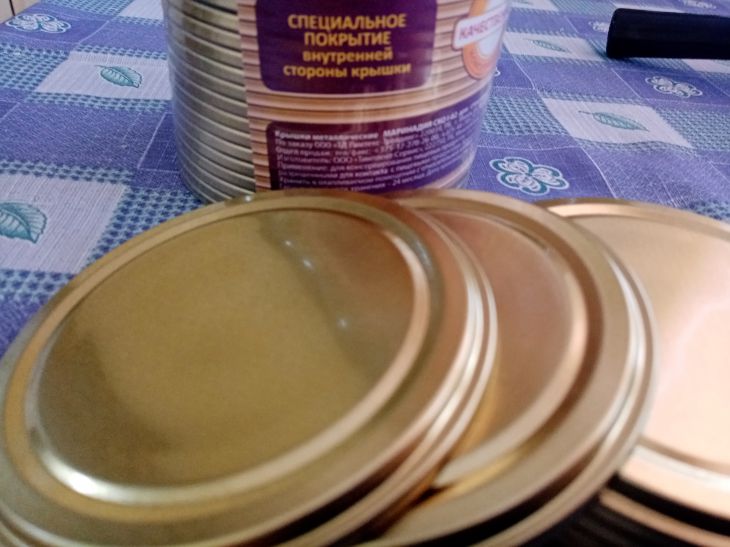How to choose lids for canning: details that are often ignored
Half of the success in winter preparations is the quality of the lids. Yes, there may be a bad machine, a jar with a chip on the neck, low-quality vegetables, but all this can be foreseen.
With the lids, it's not that simple. The housewives say there's some kind of secret here.
What types of lids are there?
There are tin screw-on (twist-off), thermal (plastic or nylon), vacuum, and also tin sealing lids.
The latter are used most often and it is these that will be discussed.
What to consider when choosing
First, you need to consider the type of preservation.

Secondly, shelf life.
Thirdly, the conditions of processing the workpiece (sterilization or pasteurization).
Selecting lids
1. You need to inquire about the presence of a protective varnish layer on the inside and outside. If this is a tinplate product without such a coating, the lid will oxidize. Such lids cannot be used for products containing acid, canned beans and meat.
2. The product with a varnish coating must be chemically resistant:
- to 3% acetic acid solution;
- to a 3% solution of table salt;
- to a puree of 85% tomato and 15% vegetable oil;
- to a solution of 3% citric acid and 30% sugar.
3. The concave part of the field should be elastic and bend only when force is applied. After this, the cover should take its original shape.
4. Don't forget about the rubber sealing ring. It shouldn't be twisted, stick out from under the side or have loops or other defects.
Also, do not forget that even the highest quality caps do not guarantee a 100% result if you use a bad key.
